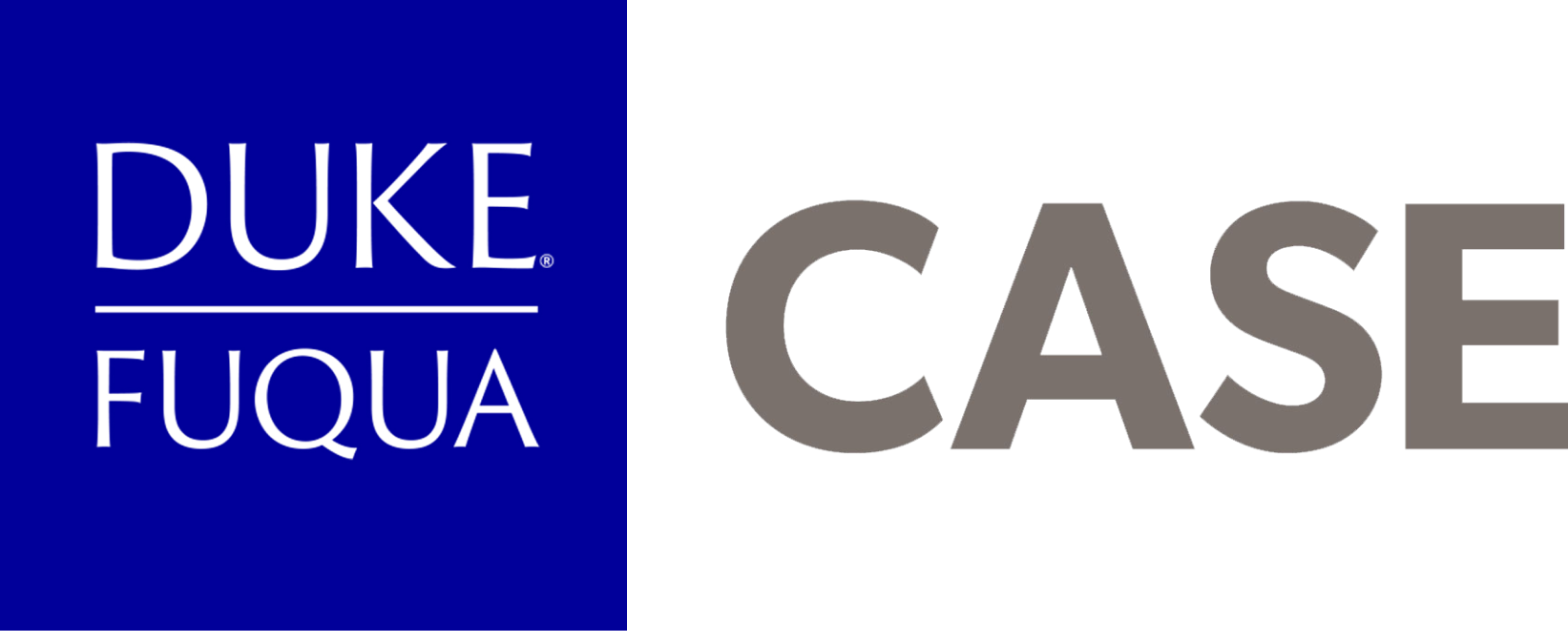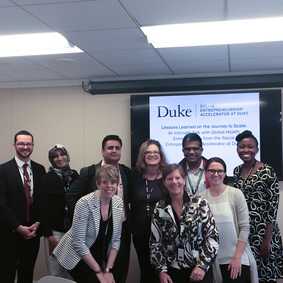May 2016
Bigger isn’t always better.
That’s one key headline global health entrepreneurs offered staff of USAID’s Center for Accelerating Innovation & Impact and Higher Education Solutions Network during a recent panel discussion titled Lessons Learned on the Journey to Scale.
During the panel SEAD innovators from ayzh, Forus Health, Operation ASHA, and Noora Health provided four lessons for scaling impact through partnerships.
Know the ecosystem
All entrepreneurs must define what scale means to them. For social impact innovators, growing impact does not always equate to simply growing their venture’s size.
According to Operation ASHA COO Ashvini Vyas, knowing the ecosystem in which one is working is key determining the right scaling strategy. For Operation ASHA, influencing others to adopt their model has been the right path forward given the scale of the problems they are trying to solve. For instance, in trying to address the 2.5 million new cases of tuberculosis diagnosed each year in India – mostly in rural, hard to reach areas – partnership with government has been essential, according to Vyas.
Balance impact potential with quality control
While partnership may be the fastest route to impact in many ecosystems, it comes with a lack of total control. Impact entrepreneurs determining their partnership strategy should consider breaking their value chain into pieces and then asking: What component can we turn over to partners to get maximum impact while minimizing loss of quality?
According to Co-Founder & CEO Edith Elliott, Noora Health has experienced this dynamic as they have transitioned from only serving as the direct implementer of their family health worker model to equipping hospital systems with their training and tools. Key to this move has been Noora’s clear vision and mindset of welcoming competition.
“Our goal is not just to grow Noora as an organization, but to build proof points of family members as effective health workers. If you’re able to learn from what we’ve done, adapt our materials, and creates something that sticks, that’s welcome!” said Elliot.
Stage matters
When it comes to partnerships, one size does not fit all. Impact entrepreneurs must ensure that their ventures actually have the capacity to contribute to partnership success. According to these SEAD entrepreneurs, this lesson has been particularly true in exploring government partnerships.
“Early on, we did not have the working capital to be able to serve the public sector market,” said Zubaida Bai, Founder & CEO of ayzh. To address this challenge, azyh shifted the focus of their public sector work from product sales to advocacy.
Additionally, securing government partnerships often requires proof of traction in other markets. Forus Health’s public partners needed to see that they would be buying into products that were already being used successfully, according to CEO K Chandrasekhar. To that end, finding the right early adopters was a key first step to Forus now operating throughout India, Africa, and Latin America, he said.
Be ready to scale up different activities
Scaling impact through partnerships requires that ventures develop competencies in new areas. Shifting to partnership-driven models has called on both Operation ASHA and Noora Health to create new Training of Trainer services, build different implementation infrastructure, and develop technology that allows them to collect remote impact evidence, while also adding data value for their partners.


